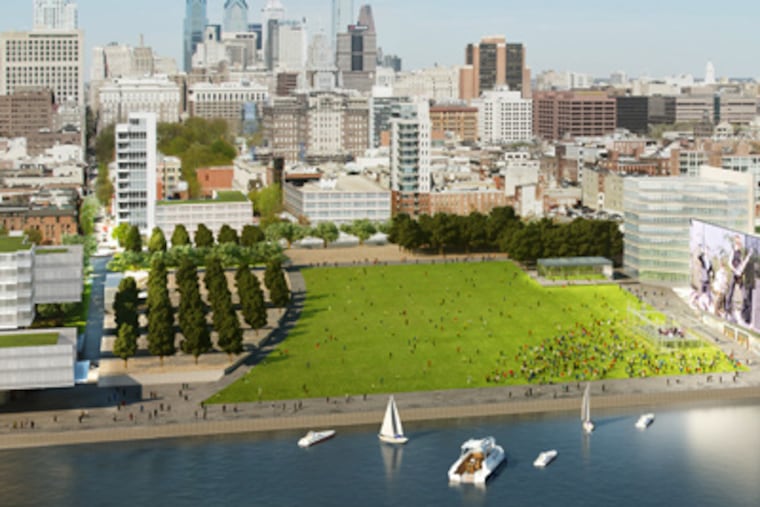Revising strategies on Delaware waterfront
Philadelphia's waterfront has shifted identity many times since William Penn first stuck his toe in the Delaware, evolving from a pioneer settlement to a bustling port, from an industrial wasteland to a big-box entertainment and retail district.
